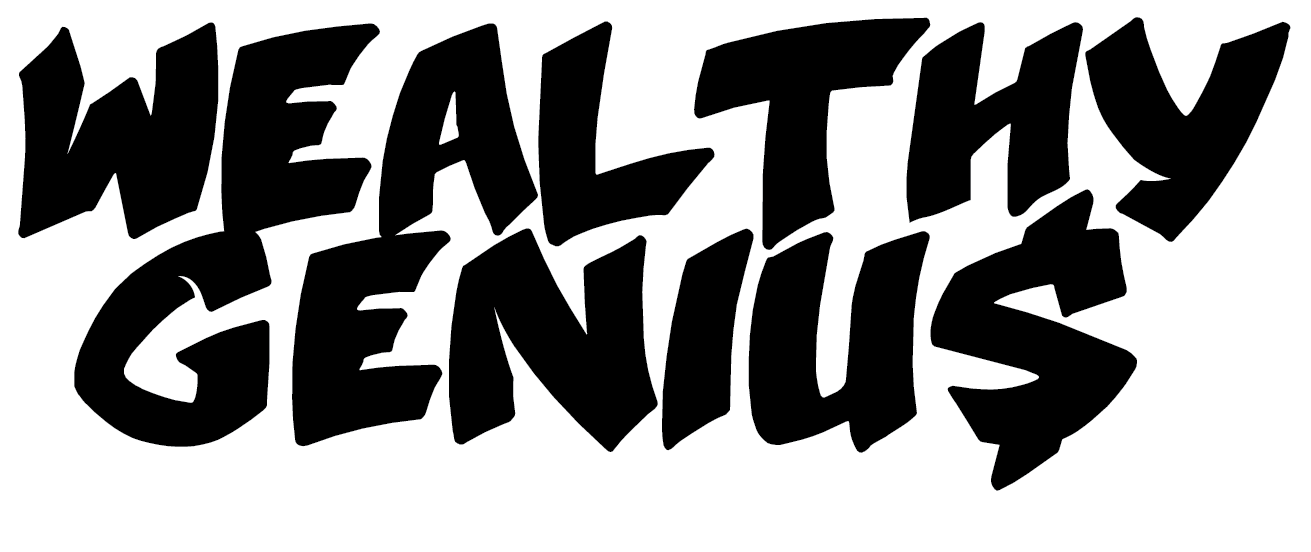Baseline (2025): Estimated net worth $200–$210M, powered primarily by The Jessica Simpson Collection (footwear, handbags, apparel, fragrances), augmented by long-running endorsements, backlist media/IP, and real estate that adds ballast and optionality. The brand’s strength is middle-market relevance: approachable pricing, repeat-purchase categories, and silhouettes that refresh seasonally without reinvention—traits that support durable royalties even when discretionary spending tightens.
Why the income is resilient:
- Fashion royalties/licensing (core engine): Multi-category, multi-channel placement across department, specialty, off-price, and DTC. Repeatable lasts (loafers, boots, platforms, block heels) enable seasonal color/material updates with reliable sell-through and lower development risk.
- Endorsements (fewer, bigger, better): Multi-market campaigns with clean category separation keep rate cards high and reduce audience fatigue.
- Media/IP backlist: Streaming and residuals from music/TV plus Open Book–related revenue smooth quarter-to-quarter variability.
- Real assets & liquid sleeve: Properties preserve purchasing power; a conservative securities allocation funds philanthropy, taxes, and working capital without forced asset sales.
2026 Pro Forma (Educational, Conservative)
| 2026 Cash Flow | Low | Base | High | Notes |
|---|---|---|---|---|
| Gross income | $35.0M | $37.5M | $40.0M | Fashion royalties & licenses, endorsements, media/IP, investment income |
| Professional fees (~15%) | $(5.25)M | $(5.63)M | $(6.00)M | Agents, managers, legal, PR; standard for top-tier operators |
| Taxes (≈40% blended)* | $(14.00)M | $(15.50)M | $(16.00)M | Effective rate depends on residency, sourcing, entity structure, timing |
| Lifestyle/philanthropy/reinvest | $(10.00)M | $(10.00)M | $(10.00)M | Property carry, insurance/security, giving, inventory buys, creative, tooling |
| Net wealth add (’26) | $5.75M | $6.38M | $8.00M | Base aligns with the stated $5–6M expectation |
*Tax is applied to taxable income (post-deductions); ~40% is a prudent planning proxy given multi-state apportionment and licensing structures.
What the table implies: Representation and taxes are the primary “gravity.” At this income scale, ~55–60% of gross is spoken for before lifestyle and reinvestment. That’s why brand ownership and disciplined licensing matter: each incremental dollar that flows through owned/DTC channels or well-structured royalty agreements compounds faster than one-off appearance checks.
How the brand prints cash:
- Channel strategy: Use wholesale for breadth and predictability; reserve limited-edition DTC capsules for margin and storytelling.
- Inventory discipline: Tight size curves, shorter production runs, and faster reads on color/material performance curb returns and markdown exposure.
- Global licensing: Incremental upside with seasoned distributors—if quality controls and brand-safety vetoes are hardwired into contracts.
- Working capital cadence: Stagger POs and drops around retail peaks (spring weddings/events, back-to-school, holiday) to improve cash conversion cycles.
Endorsement pacing: Two or three marquee deals beat a patchwork of smaller campaigns. Prioritize partners with solid compliance/ESG records, global usage rights, and performance escalators; time activations to retail moments that can be mirrored in the brand’s own calendar for halo effects.
Projected Net Worth (End of 2026)
| Starting NW (2025) | 2026 Net Add (Low/Base) | Projected NW (End ’26) |
|---|---|---|
| $200M | $5–6M | $205–206M |
| $210M | $5–6M | $215–216M |
Why this range is credible: The engine is mature and diversified. Even if endorsements slip a quarter or a wholesale partner delays POs, royalties and DTC capsules provide continuity, while liquid reserves cover philanthropy and tax dates without tapping investment assets.
Operating Levers for a Better-Than-Base Year
- Assortment focus: Concentrate on hero silhouettes with seasonal refreshes; add a limited accessories push (SLGs, belts) to lift AOV without new fit risk.
- First-party funnel: Grow email/SMS to lower CAC and protect DTC margins; integrate try-before-you-buy or fit guides to reduce returns.
- International optimization: Expand with a small set of high-caliber distributors (EU/MENA/APAC) using localized size runs and price ladders to protect margin.
- Anniversary capsules: Tasteful nods to early-2000s aesthetics can drive nostalgia press and premium conversion without diluting brand DNA.
- Tax hygiene: Align travel/filming calendars with apportionment planning; match charitable giving and bonus depreciation to peak income years.
Key Risks & Mitigations
- Consumer softness / markdown pressure: Narrow assortments and shorter buys; use DTC exclusives for full-price sell-through and wholesale for breadth.
- Returns/logistics drag: Better product detail (videos, fit notes), improved packaging, and regional fulfillment to cut transit times/damage rates.
- Partner or category conflict: Maintain strict morality clauses and category exclusivity; prefer renewals with proven partners over opportunistic one-offs.
- Tax drift from state days: Proactive calendar tracking with CPA oversight; revisit entity routing annually as licensing footprints evolve.
Why the Model Is Repeatable
- Category fit: Footwear/handbags are inherently repeat-purchase; the brand’s price points and aesthetic resonate with a broad middle-market customer.
- Selective visibility: Endorsements amplify reach without oversaturating audiences, preserving pricing power.
- Quiet compounding: Backlist IP and residuals hum in the background; real estate and a conservative liquid sleeve steady the portfolio during retail wobble.
- Liquidity for choice: Adequate cash means saying “no” to low-fit opportunities and “yes” to reacquiring valuable rights or funding high-ROI product tooling.
Bottom Line
Jessica Simpson’s wealth engine favors design over drama: a mass-market lifestyle brand that sells in every season, selective endorsements that add cash and credibility, and backlist/IP income that smooths the edges. On conservative assumptions, 2026 adds ~$5–6M to a $200–$210M base, ending near $205–216M—with clear, controllable levers to outpace the base case if retail demand, international licensing, or a premium partnership cycle breaks her way.

